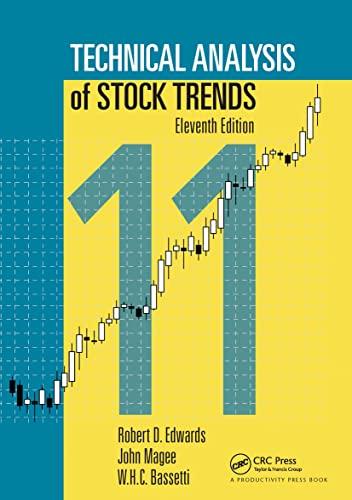This problem shares much with the loan problem discussed recently in class. Suppose you would like to retire with 15 million dollars in savings. To make things simple, let's assume you invest uniform monthly payments for a fixed number of years and that you receive a fixed annual percent yield. Let interest be compounded monthly. Solve this problem using z-transform techniques; I'm not interested in whether you can look up formulas on the internet! Using rates rounded to the nearest (non-zero) half percent (e.g., 3 and 4.5 percent are fine, 3.25 percent and 0 percent are not), choose three realistic annual percent yield (interest rates): a low rate for an average rate iuve, and a high rate thigh. Justify your choices. Next, consider 3 investment time intervals: Dshort = 16 years, Dave = 32 years, and Dong = 48 years. The number of retirement payments L is clearly going to be 12 times the duration in years (L = 12D). Let n = 0 correspond to the first investment contribution, let n = 12D - 1 be the last investment contribution, and let n = 12D be the time when the retirement account is to have the desired 15 million dollars in savings. e. Reconsider Problem 1. Suppose you decide to invest for retirement over 18 years in the following way: you invest C dollars monthly for the first 10 years, 2C monthly for the next ten years. 3C monthly for the next ten years, and continue this pattern until the last eight years when you are investing 50 dollars monthly. This is somewhat realistic in that most people have more disposable income as they progress in their careers. For each of the three interest rates considered in Problem 1, determine the base payment to achieve a 15 million dollar retirement. How much is invested in principle? What lessons do you learn here? This problem shares much with the loan problem discussed recently in class. Suppose you would like to retire with 15 million dollars in savings. To make things simple, let's assume you invest uniform monthly payments for a fixed number of years and that you receive a fixed annual percent yield. Let interest be compounded monthly. Solve this problem using z-transform techniques; I'm not interested in whether you can look up formulas on the internet! Using rates rounded to the nearest (non-zero) half percent (e.g., 3 and 4.5 percent are fine, 3.25 percent and 0 percent are not), choose three realistic annual percent yield (interest rates): a low rate for an average rate iuve, and a high rate thigh. Justify your choices. Next, consider 3 investment time intervals: Dshort = 16 years, Dave = 32 years, and Dong = 48 years. The number of retirement payments L is clearly going to be 12 times the duration in years (L = 12D). Let n = 0 correspond to the first investment contribution, let n = 12D - 1 be the last investment contribution, and let n = 12D be the time when the retirement account is to have the desired 15 million dollars in savings. e. Reconsider Problem 1. Suppose you decide to invest for retirement over 18 years in the following way: you invest C dollars monthly for the first 10 years, 2C monthly for the next ten years. 3C monthly for the next ten years, and continue this pattern until the last eight years when you are investing 50 dollars monthly. This is somewhat realistic in that most people have more disposable income as they progress in their careers. For each of the three interest rates considered in Problem 1, determine the base payment to achieve a 15 million dollar retirement. How much is invested in principle? What lessons do you learn here








